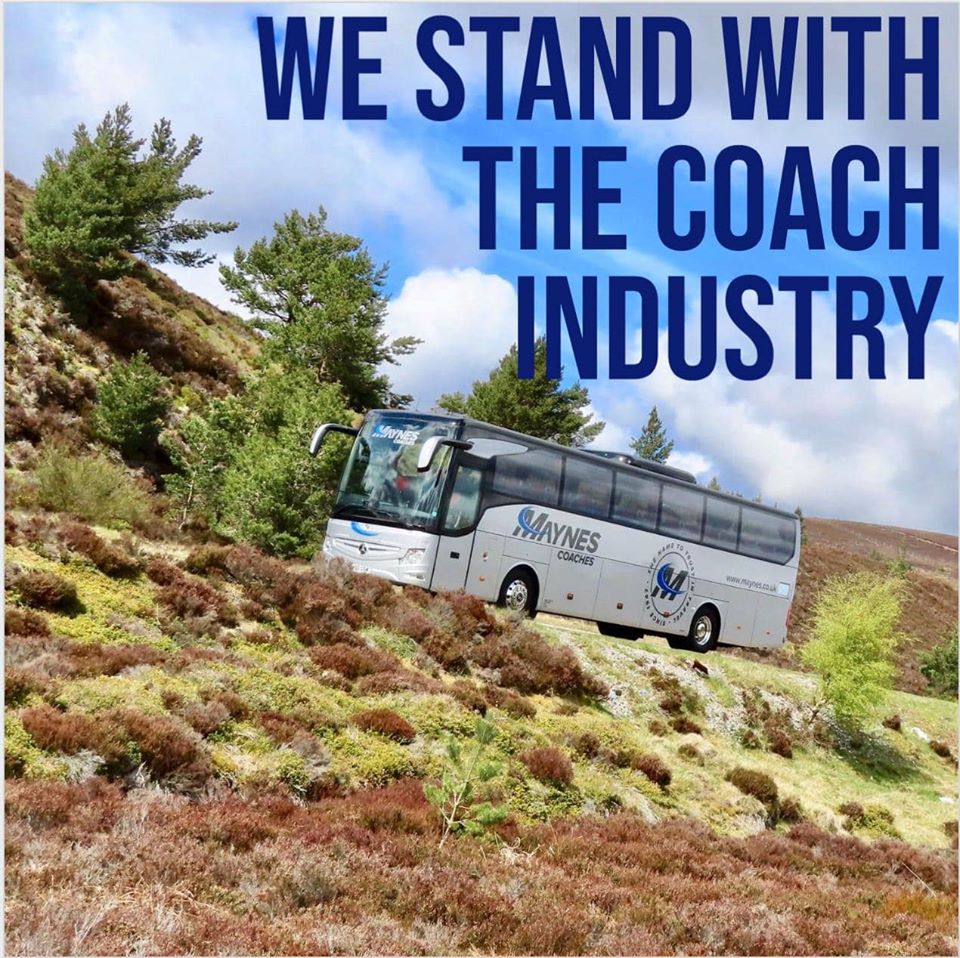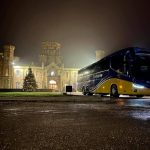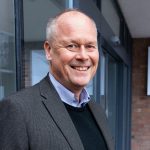The march of the electric bus continues, and Chinese corporation BYD is at the forefront of its ongoing development. BYD’s worldwide reach is extensive, and its capabilities – both in its home country and in Europe – are scaled to match.
BYD is headquartered in Shenzhen. Numerous activities take place there, including the production of batteries. Complete buses for export, and some chassis, are assembled 1,100km away in Hangzhou at a plant that for European customers complements BYD’s facility in Hungary.
While BYD and bodybuilder partner Alexander Dennis (ADL) lead the UK market for electric buses, volumes here remain modest when compared with those in other nations. BYD has placed over 50,000 electric buses with Chinese customers alone, and it has exported other examples worldwide.
In some ways the Chinese electric bus market bears comparison with the UK. When BYD delivered its first example to Shenzhen 10 years ago, questions were raised whether electric was the right way to go. They have been addressed comprehensively, says BYD founder and Chairman Wang Chuanfu.
The man who has been christened “king of China’s nascent electric vehicle market” by Forbes says that with the backing of the Chinese government, BYD has “proved the doubters wrong by delivering a robust product,” and that lessons learned domestically have translated to its operation in Europe.
“Europe is one of the most important territories for BYD. We are using Chinese know-how and adapting it to the requirements and tastes of the market there,” he explains. That work will be furthered by the focus on air quality that is being exhibited by European governments.
BYD: Working on its products
BYD Europe is headed by Isbrand Ho. Speaking to routeone, he has reaffirmed BYD’s commitment to its relationship with ADL despite some media sources linking it to Wrightbus.
Work is ongoing between BYD and ADL to develop both the existing Enviro200EV and Enviro400EV products, and to add others.
Among the possibilities for range expansion is a coach; exactly what form it will take “is still under discussion,” says Isbrand, but ADL CEO Colin Robertson earlier this year suggested that a zero-emission vehicle with a Plaxton badge will become reality.
“But currently our focus in the UK in buses. One subject we are addressing is acceleration; it has been described as too rapid in some cases and that has placed stress on the vehicle.

“We are dealing with that and improving our chassis’ suspension, ride quality and power consumption. Additionally, we’re looking at battery funding options.”
Batteries was where BYD first found success before becoming a vehicle manufacturer. Many chemistries are under test as it bids to take steps forward in terms of energy density and, moreover, lifespan. The latter is one of the reasons why it does not favour opportunity charging, says Isbrand.
“It is a compromise and it contributes to accelerated battery deterioration.”
Developing batteries
Using overnight charging, BYD’s batteries are suitable for 4,000 charge and deplete cycles in real-life circumstances, says Isbrand. However, a new-generation complete bus for the European market that BYD will unveil at Busworld in Belgium next month will have batteries with a design life of 15 years.
That extended durability will likely follow through to chassis supplied to ADL. “It’s difficult not to have that commonality, although the chassis transition will not necessarily occur at the same time that the batteries become standard in complete buses,” he adds.
A second life for batteries is a further consideration for BYD. After removal from a bus, the cells can be used as stationary power storage, which potentially delivers a 30-year overall lifespan.
“After that, some metals can be recovered. Our focus is not just on energy density. It’s also on sustainability and recyclability.”
Discussions are ongoing about the development of a chassis in the 14,000-15,000kg GVW category to suit the UK single-deck market. It may utilise different materials to permit a weight reduction, but that is a project for the future.
Also something for later is autonomous driving. BYD is concentrating on that part of its business, and Isbrand is confident in the technology that it utilises.
“Automation is absolutely ready now, but legislation and insurance are not. We also must think as a responsible business: Is it the right thing to do? In ‘closed loop’ scenarios it is ready and possible to use today, but in city applications it may not be viable for another 10 years.”
What happens at Hangzhou?
The Hangzhou plant began production in September 2015. It has capacity for 3,000 complete vehicles and chassis per year, although it is currently operating well below that.
Chassis for the Enviro400EV are produced in Hangzhou. Those for the Enviro200EV are assembled in Hungary, but the double-deck underframe will make that move in due course. Currently in production are 29 Enviro400EVs for RATP London, and further orders are expected before the year ends.
Batteries used in chassis produced in both Hangzhou and Hungary are all shipped from dedicated production facilities.
The one in Shenzhen is huge; from one end of the building to the other is around a quarter of a mile. When combined with the four other battery production plants, 65GW – or 65million kW – of capacity will be manufactured by BYD in 2019.
The battery production process is energy heavy. Batteries are ‘cooked’ in an oven and the warehouse where they are stored is temperature and humidity controlled. Testing is extensive, although most of both processes are automated.
Although batteries are shipped to Hungary, BYD is currently looking for a suitable location in Europe to establish a battery production plant. It has narrowed its search down to a handful of possible locations and expects to make an announcement by the end of 2019.
A huge business
BYD employs 40,000 people in Shenzhen, a place that has grown from a fishing town to a metropolis of over 12million people in 30 years.
BYD’s products dominate the huge bus fleets in Shenzhen, and BYD also produces all of the control chips used in its vehicles, although it works with suppliers for other components.
As part of its battery development work, BYD will bring solid state technology to the market in around five years. That will deliver greater energy density, but as no liquid is contained within the batteries it also removes the potential for explosion, fire or gas release.
While the technology in electric buses will develop, so too will other mechanisms that surround them.
How they are funded and procured may change. In South America BYD has sold vehicles to a power supply company, which then leases them to the operator and provides charging and depot infrastructure for a fixed price.
“I foresee more of that kind of deal, and where we sell buses to banks and finance companies,” says Isbrand. “The transition to electric is disruptive, but it is unstoppable.
“That’s why we are increasing our capacity; the move towards electrification will continue for the next 10 years at least, and we will be well placed to satisfy it.”

























